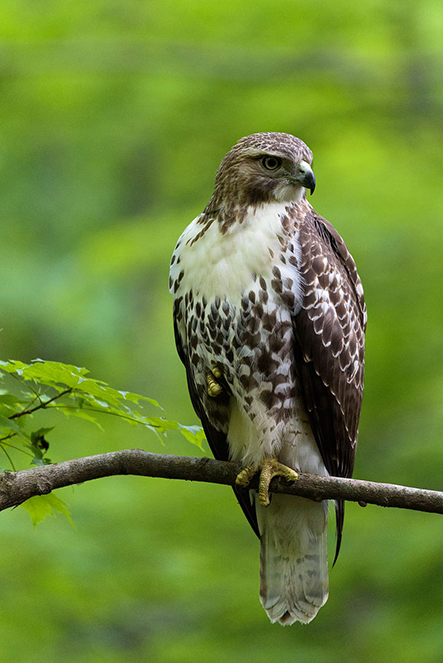
Six grant projects announced by the Georgia Department of Natural Resources will improve public opportunities to see and learn about native animals and plants statewide.
The proposals chosen by the DNR Wildlife Resources Division for this year’s Wildlife Viewing Program grants range from Rising Fawn to Donalsonville and Forsyth County to Little St. Simons Island.
The grants, funded by the Georgia Nongame Wildlife Conservation Fund, help develop and enhance wildlife viewing options, with an emphasis on State Wildlife Action Plan species and habitats. Georgia’s Wildlife Action Plan (georgiawildlife.com/wildlifeactionplan) is a comprehensive strategy to conserve these animals, plants and places before they become rarer and costlier to conserve or restore.
This year’s recipients and their proposals include:
- Forsyth County – $1,915 for gear including a bat call detector, portable demonstration bat house and red-light headlamps to equip outreach programs educating the public about bats.
- Center for Coastal Conservation – $3,000 for cameras to capture time-lapse imagery of Little St. Simons Island habitats and wildlife to reach people about conserving coastal ecosystems.
- Cubihatcha Outdoor Education Center – $3,000 for interpretive trail signs that promote self-guided exploration at the 1,000-acre Henry County Water Authority center in Locust Grove.
- The Wanderland Society – $3,000 to help build a multistory, birds-nest design viewing tower for campers, other users and the general public at Wanderland Campground near Rising Fawn.
- McFadden Nature Center – $3,000 to add a wetland observation deck and elevated boardwalk, both open to the public, at the center along the Chattahoochee River just west of Donalsonville.
- Athens-Clarke County – $2,954 for bat houses and signage to create a bat viewing area beside a “night” demonstration garden at the Athens-Clarke Extension office.
The projects include work and support by partners that will significantly amplify the grants provided.
Each will also help people experience the state’s native wildlife, including species and habitats identified in the Wildlife Action Plan, said Matt Elliott, acting chief of DNR’s Wildlife Conservation Section. “We are pleased to be able to support such a wonderful diversity of projects across our state.”
The grants are small – capped at $3,000 each – but the interest they tap is big. Wildlife viewing involved 86 million people nationwide in 2016. The total has been growing since the mid-1990s. Related spending is estimated at $76 billion a year. In Georgia, about 1-in-4 people say they watch, feed or photograph wildlife, visit parks and natural areas to view wildlife or maintain sites to benefit wildlife.
Among other work, the DNR grants in 2022 helped build wildlife viewing platforms on a multi-use trail at Hard Labor Creek State Park near Rutledge, design and print one-page shorebird field guides and educational flipbooks to inform the public on Georgia’s coast, and repair the popular Sunrise Pond boardwalk at Phinizy Swamp Nature Park in Augusta.
The Wildlife Conservation Section works to restore and conserve nongame wildlife, rare native plant species and natural habitats through research, management and education. The section depends largely on fundraisers, grants and donations to the Nongame Wildlife Conservation Fund. Sales and renewals of DNR’s eagle and monarch license plates, plus renewals of the hummingbird tag, are the top fundraiser.
Learn More
- Wildlife Viewing Grants Program: georgiawildlife.com/WildlifeViewingGrants
- DNR Wildlife Conservation Section: georgiawildlife.com/conservation/AnnualReport
- DNR license plates that support conservation: georgiawildlife.com/licenseplates


Bulloch Public Safety
12/12/2025 Booking Report for Bulloch County

Georgia Politics
Gov. Kemp to Sen. Padilla: Stop Playing Politics With American Hero

Bulloch Public Safety
12/11/2025 Booking Report for Bulloch County

Bulloch Public Safety
11/24/2025 Booking Report for Bulloch County

Bulloch Public Safety
12/01/2025 Booking Report for Bulloch County

Bulloch Public Safety
11/17/2025 Booking Report for Bulloch County

Bulloch Public Safety
11/26/2025 Booking Report for Bulloch County

Bulloch Public Safety
12/08/2025 Booking Report for Bulloch County






